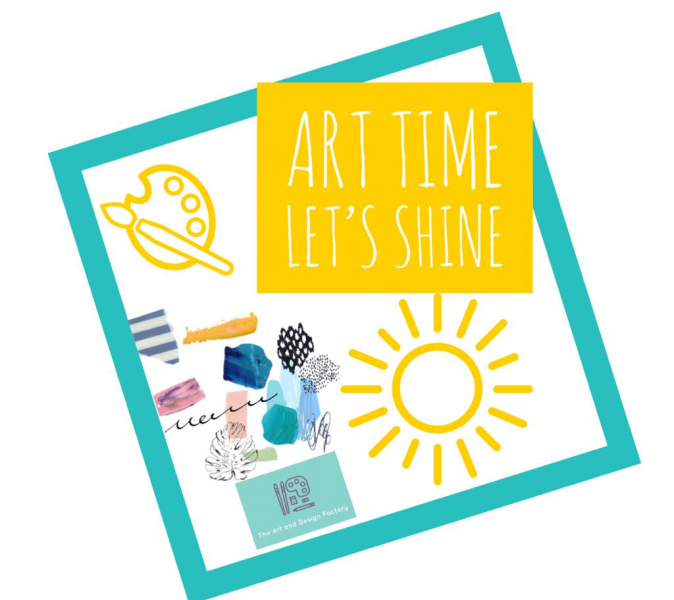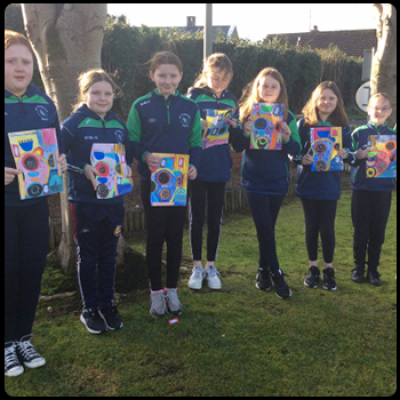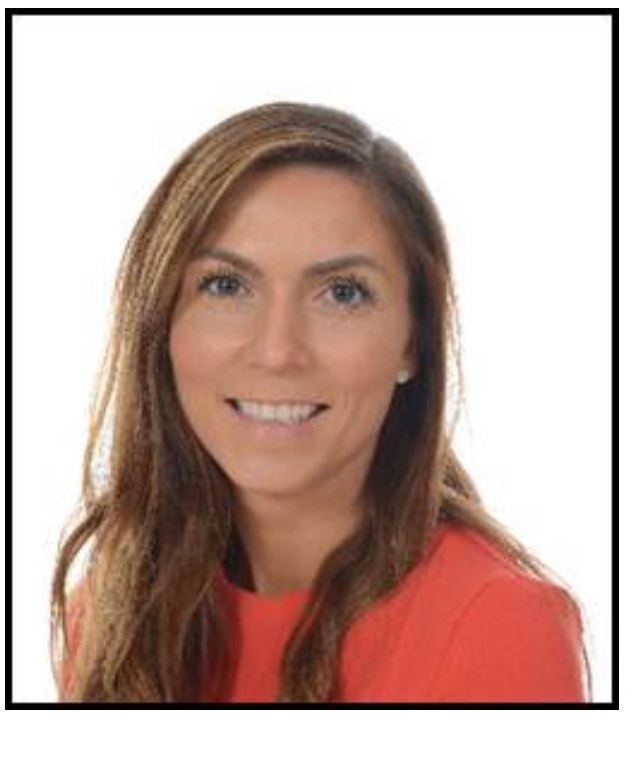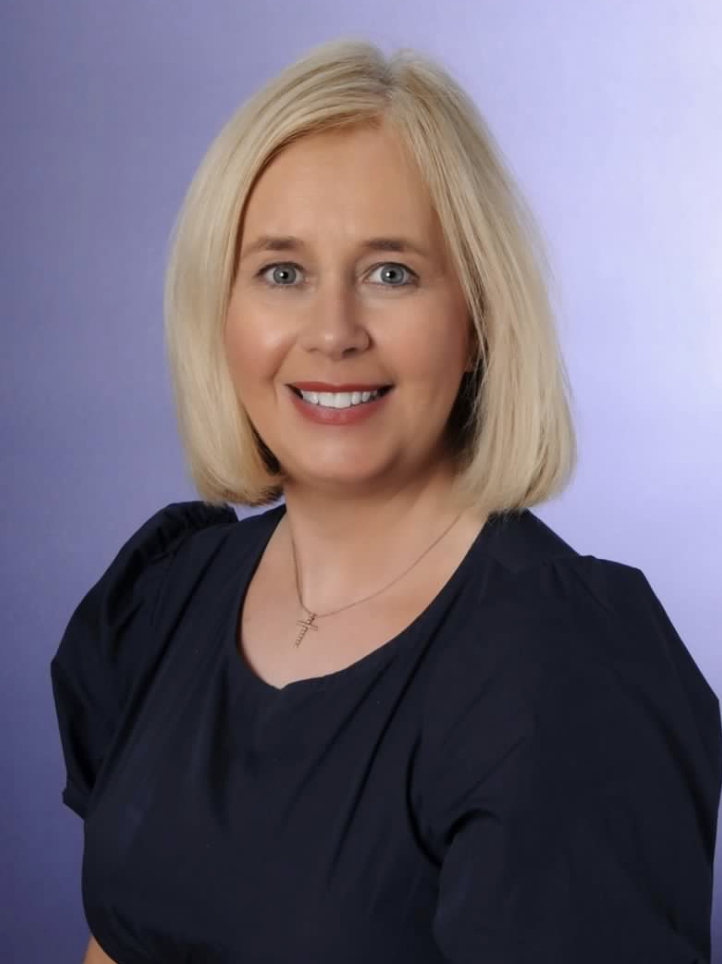Online Art Classes for Pupils
- Your school can learn how to draw and paint with Sinéad, a fully qualified Art and Design Teacher with over 23 years of teaching experience.
- Tutorials are recordings from Sinéad's live lessons, inside her Art School. Teachers will have the ability to stop, pause or rewind anytime they need to throughout the lesson.
- After undertaking her lessons, Sinead will help your staff and pupils feel lighter and brighter by injecting positivity and colourful creativity into your classrooms.
- Content included will keep pupils happy and healthy in mind by providing engaging, entertaining and educational lessons.
- Pupils' and teachers' confidence will grow by seeing what they can produce and achieve in just one lesson.
- Sinéad has devised her unique online teaching style, enabling all ages and abilities to achieve outstanding results.
ABOUT ART & DESIGN
Sinéad Mc Dermott is a fully qualified Art and Design teacher with over 23 years of teaching experience and is the proud owner of The Art And Design Factory. Sinead is a practising artist and educator, who is passionate to share her love of Art and Design with all ages and abilities, through her teaching.
Sinéad qualified with a BA in Fashion and Textiles in 1996, followed by an MA in Applied Arts in 1998 and then gained a PGCE in Art and Design Education in 1999. With over 23 years of teaching experience, Sinéad embeds the National Curriculum into all lessons and workshops. She encourages children with a nurturing and caring teaching style that makes them feel at ease, helps them to relax and produce their best work.
Throughout her career in Art and Design, Sinéad has exhibited in numerous art exhibitions ranging from The RDS Dublin, The Barbican, Mall Galleries, New Designers in London, The Royal Ulster Academy to The Naughton Gallery at Queen's University, Belfast. Having undertaken numerous private and public commissions, her work can be viewed in the lecture theatre of the Royal Maternity Hospital.
- Sinead has worked with the BBC as a featured artist on the Wonder Gallery and interviewed on Radio Ulster.
- Sinead was awarded 'Arts Personality of the Year' by the Ulster Tatler in September 2022.
- She was also awarded the Prestige Award in 2020-21 for making a positive difference to so many children's lives during lockdown through her online art lessons.
- Sinéad has been a past President of the Association of Art and Design Education (AADE) and is currently on the working committee of this consortium.
- Sinéad is passionate about art education and has moderated for CCEA and has been part of the team that drafted the new Art and Design A-Level specification.
- In 2018 Sinéad started her own business, ‘The Art and Design Factory’.
OUR MISSION
As Belfast’s leading art school, The Art and Design Factory’s mission is that art and design should be accessible to all, regardless of age or ability. We want all our participants to gain confidence alongside self-belief. As their skills improve pupils will gain a sense of achievement and pride.
By expressing themselves in a nurturing and encouraging environment, all can unwind and enter the “art zone” where the individual becomes lost in their own little world. This trance-like state is similar to mindful meditation boosting mental health and providing the individual with a deeper sense of wellbeing.

PROGRAMME & PLAN

Art and Design Lessons for Mental Health Awareness Programme
We are registered with the EA Procurement system which therefore makes it is easier for you to raise the order.
An invoice can be forwarded to you or alternatively you can submit the following details to the EA:-
SUPPLIER
THE ART AND DESIGN FACTORY LTD (SINEAD MC DERMOTT ( T/A)
27D ANNADALE AVENUE
GREENLANE
BELFAST
BT7 3JJ
Alternatively you can pay by credit card below, press the Purcahse Now button.
Yearly access with 24/7 viewing.
Easy-to-follow step-by-step lessons help pupils learn new creative skills, grow in confidence and relax during the creative process.
40 Art lessons, one lesson for each week of the school year and a few extra added, to help you out when a lesson is required due to unforeseen circumstances.
Pupil's artworks will create stunning, eye-catching displays on the school corridors, brightening up dull walls whilst boosting their confidence.
It helps teachers be creative in their classrooms to deliver practical Art and Design wellbeing programmes that will benefit their pupils and themselves.
Saves teachers' time with planning and researching art projects.
Topics are on the National Curriculum for Primary Schools, which will ignite pupils' creativity and imaginations.
Each lesson introduction refers to a specific artist, designer, art period, or theme connected to the lesson.
Numeracy and literacy links are identified in the lessons.
Each lesson includes a supply list of materials for preparation before the class and a line drawing template for those pupils who like to see the whole picture at the start of the lesson, or this can be used as a traceable template.
Gain access to our Schools' Kids' Art Club, a private Facebook group, just for schools to share all their creations and participate in an artistic community.
Monthly, live zoom call with Sinead wherein she announces the Month's Artist. Certificates will be presented to successful
FAQs
What materials are required for these art lessons?
For the majority of the art lessons, the following materials will be required" •pencil •paint brushes •paints •oil pastels/ crayons •A4 paper •water jar •tissues • watercolour paints Occasionally they will need •chalk pastels •sugar paper However, if you don’t have these oil pastels/ paint could be used instead to add colour.
What’s the difference between oil pastels and chalk pastels?
The first difference is that oil pastels won't crumble, smudge, or release dust like soft chalk pastels do. Yet they still contain just as much, if not more, pigment and produce bright, intense colors. They're also more stable than soft pastels and don't require a fixative. Traditional chalk pastels are soft pastels, they are dry and chalky; oil pastels are a much newer medium and act similar to oil paints, they are oily. Crayons can be used instead but oil pastels are more intense and vibrant in colour. Please note that oil pastels can be used on normal white paper but not chalk pastels. Chalk pastels require a special paper called sugar paper or pastel paper which is cheap to buy on eBay. Chalk pastels also can be fixed on the page by spraying hair spray a few inches away from the page so that the chalk doesn’t fall off. Hair spray is a cheaper option that the expensive fixatives that you will find in art shops.
What type of paint is best for kids to use?
I would recommend water based paints for children such as water colour paints or palette paints. These allow for the paint to be moved freely and can be easily removed with a tissue. I would recommend children do not use acrylic paint until they are at least 13 years of age. Acrylic paint is plastic-based so tends to be sticky and difficult to move around once it’s on the page and therefore doesn’t give many freeways for movement. It’s also difficult to remove from clothing so if it accidentally gets on fabric it won’t come off, unless placed in the washing immediately. As a mum of two kids I want there to be no added ‘mess or stress’ for parents to have to clean up. Watercolour paints are more forgiving too as they blend together easily with water and can be removed from clothing. Watercolour paints will enable your child to try out different art techniques such as building up of washes of colour, dry brush, and many others that l include throughout my teachings. I would recommend a box of palette watercolours which can be bought in art shops or online for around £3.99
What’s the best paper and size to use?
I recommend that children start with an A4 page as anything bigger is quite daunting for them to fill. For all of the lessons on the membership site, I have used A4 paper. It’s important that each child has an A4 page to work on whilst undertaking my lessons as they will be following my instructions and it therefore makes it easier for them to follow and create using the same scale and proportions as me. The weight of the paper will make a difference to the finished artwork your child creates. If for example, you give your child a page that you would use in your printer then when they begin to paint it will become easily torn and little balls will appear on the surface. This causes disappointment and frustration so I would definitely recommend that you purchase good paper for your child to work on. Up to 140 lb/300 gsm or more: Watercolour paint paper, suitable for all wet media.
What size of brushes would you recommend?
I would recommend that you have a small brush that will enable your child to paint finer lines and a larger brush for larger areas that need to be painted a size 3 and an 8 would be ideal. The more expensive the brush the better the quality. I would recommend a brush of around £4 would be adequate for your child at this stage.
What oil pastels / chalk pastels would be recommend?
I would recommend the following: Oil pastels •Pentel •Caran d’Ache •Faber - Castell •Reeves Chalk pastels •Inscribe •Faber Castell •Rembrandt •Prismac
.png)


.jpg)






